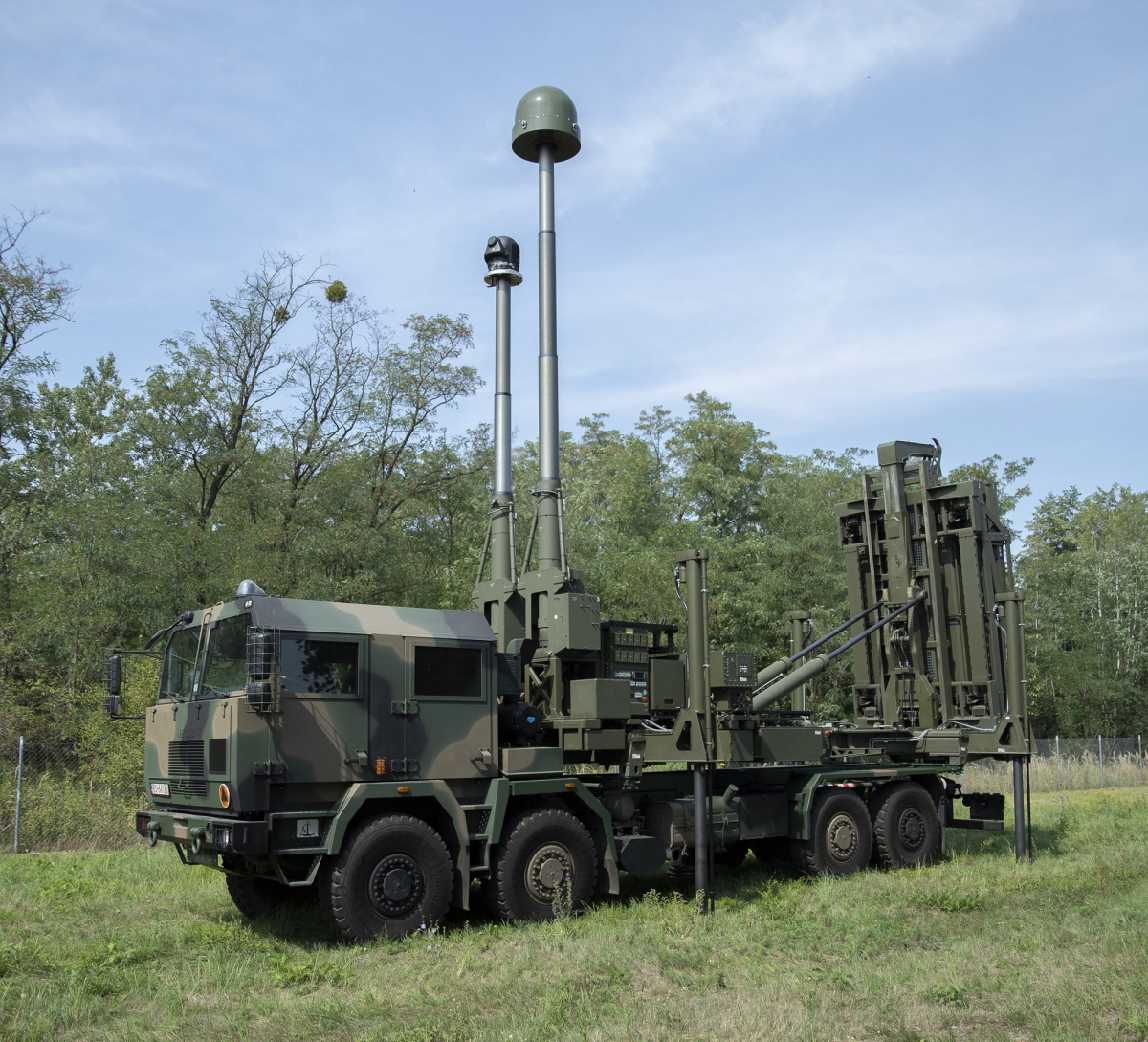In a brief statement, MBDA announced that two Mała NAREW anti-aircraft systems had already been used for initial training in Poland. As a result of the war in Ukraine, deliveries were accelerated by 5 years, to allow for the retirement of the oldest anti-aircraft batteries.
A first round of training
In a recent press release, MBDA announced that two Mała NAREW short-range anti-aircraft system launchers were currently in Poland. They were able to participate in a first round of training and education for future operators of the Polish Armed Forces. The "training" battery thus included:
- two launcher trucks
- a Polish SOŁA short-range radar detection system (60 km range, 360°)
- a Polish Armed Forces command post
The contract calls for a first delivery of a launcher this year and a second one later next year. The order was originally supposed to be signed in 2027 but has been moved up by five years (as explained in this article). The Polish Armed Forces hope to acquire a total of 23 launchers. They are to allow for the retirement of Soviet-era anti-aircraft systems (most notably the S-125), while completing the bubble of new modern hardware;
- Long Range: Patriot PAC-3 MSE missile launchers
- Short Range: Narew missile launcher
- Very short range: SPZR Poprad missile launcher, Hibneryt (mobile, twin-tube anti-aircraft automatic), PSR-A Pilica (static, twin-tube anti-aircraft automatic + 2 MANPADS Grom or Piorun firing capability)
- Not to mention the various Soviet-era systems, but modernized.
Some technical info
The Mała NAREW or simply Narew system is based on the iLauncher platform on the PGZ 8x8 truck. The Narew is the result of cooperation between MBDA and PGZ as well as its subsidiaries JELCZ (responsible for the truck's chassis), PIT-RADWAR and WZU. The system in question uses the Common Anti-air Modular Missile (CAMM). This short-range surface-to-air missile is developed by MBDA ;
- range of 25 km
- firing over 360°
- equipped with an RF (radio frequency) sensor
- rapid firing launches of multiple missiles
- supersonic speed (Mach 1 to 4.99), some sources announce more than Mach 3
In practical terms, a standard battery is expected to include :
- three launchers
- a SOŁA radar
- support vehicles (additional CAMM transport, protection forces,...)
Découvrez cet article sur Air&Cosmos

